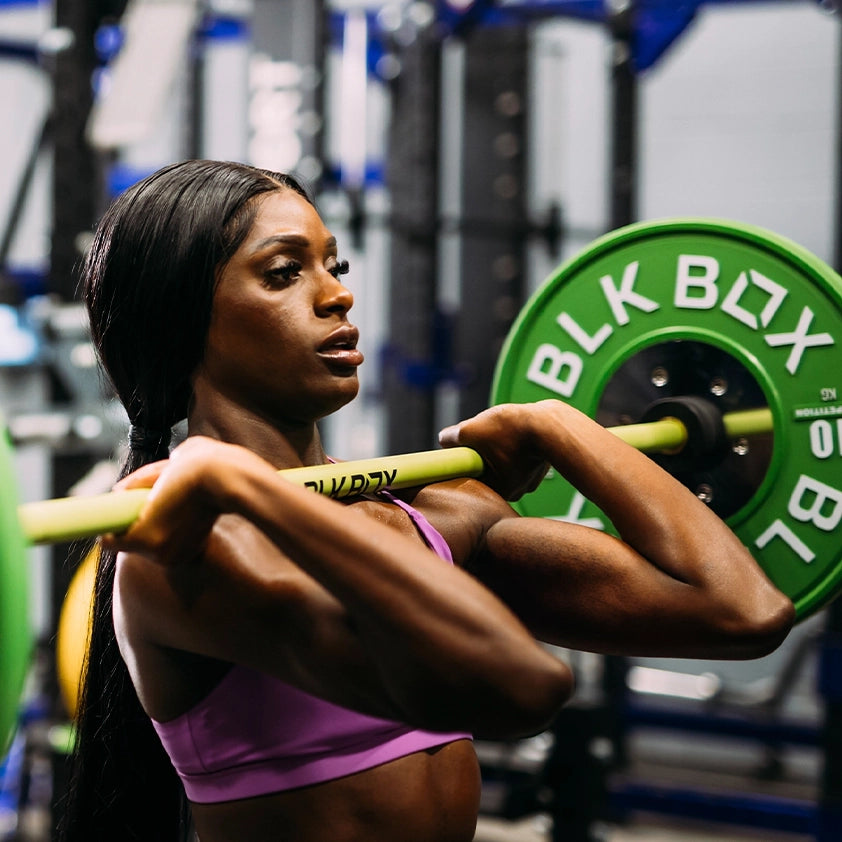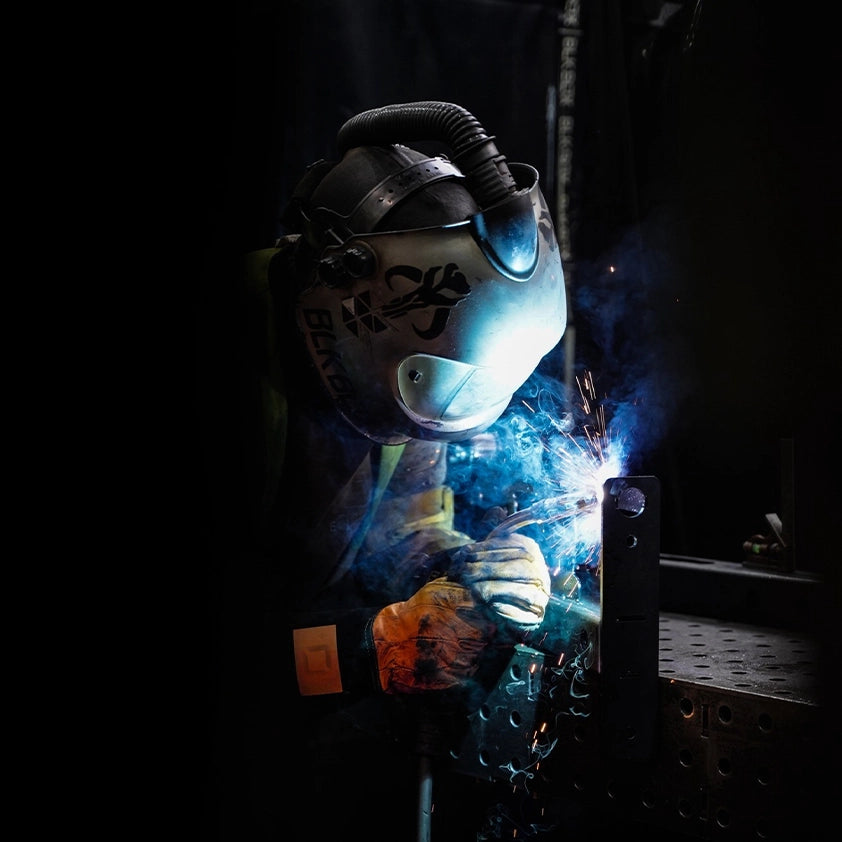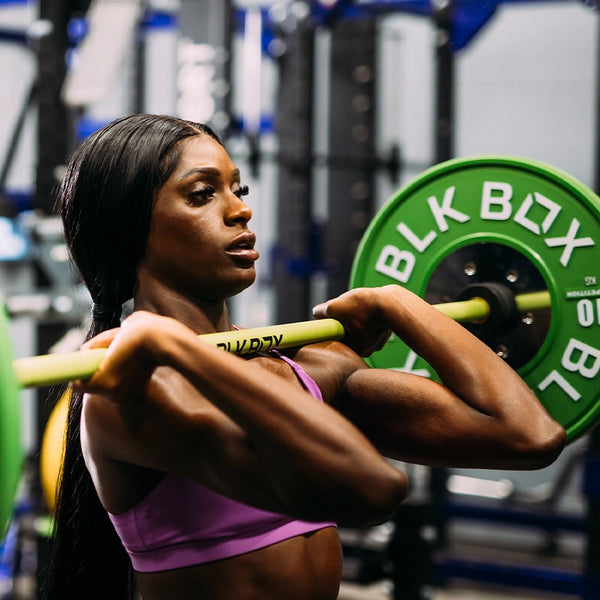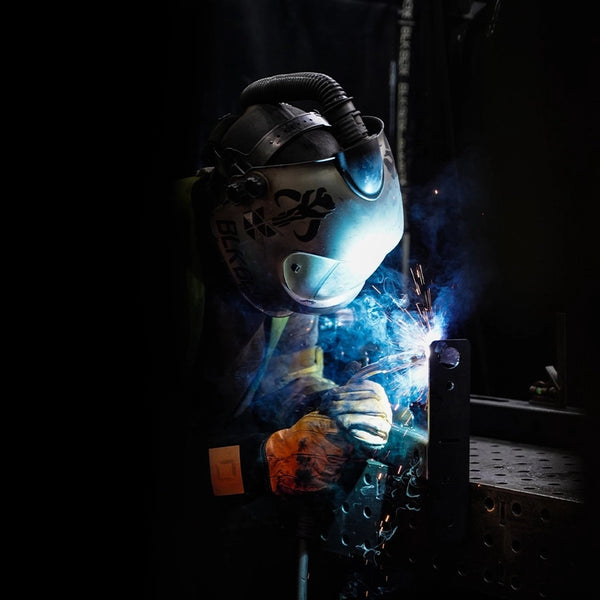Barbell Maintenance: Extending The Life of Your Barbells

Comprehensive Guide to Barbell Maintenance: Tips to Extend Your Barbell's Lifespan
Investing in a high-quality barbell is not just about performance but also about longevity. Proper barbell maintenance can significantly extend the lifespan of your equipment, ensuring consistent performance and safety during workouts. In this guide, we will cover the essential weekly, monthly, and yearly barbell maintenance routines, along with storage tips, to help you keep your barbell in pristine condition.
Why Is Barbell Maintenance Important?
Barbells are one of the most frequently used pieces of equipment in any gym. Without proper maintenance, they can wear out faster due to rust, chalk build-up, and lack of lubrication. This not only affects performance but can also compromise safety. By following a regular maintenance schedule, you can preserve the integrity of your barbell and maximise your investment.
Weekly Barbell Maintenance
Do you clean your barbell after every use? It’s crucial to remove chalk from the knurling to prevent rust. Chalk absorbs moisture from your hands, and if left on the bar, it can trap humidity, leading to rust. To clean your barbell effectively:
- Use a Barbell Brush with either nylon or stainless steel bristles depending on your bar's finish.
- Avoid using metal brushes on coated bars (e.g., zinc or Cerakote) to prevent scratching the finish.
- Gently brush down the bar and sleeves to remove chalk, dust, and other debris.
Regular brushing prevents moisture from being trapped in the knurling, effectively reducing the risk of rust.
Monthly Barbell Maintenance

In addition to weekly cleaning, a monthly lubrication routine will help your barbell perform smoothly. Here’s how to do it:
- Apply a light coating of lubricant like WD-40 or 3-in-1 oil using a clean rag.
- Ensure the shaft, sleeves, and collars are evenly coated. Let it soak for a few hours or overnight if necessary.
- Use your barbell brush to remove any excess oil and dirt.
- Finish by wiping down the bar with a dry towel.
Tip: The frequency of lubrication depends on the environment. In humid or open-air gyms, weekly lubrication is recommended, whereas once or twice a month suffices for climate-controlled home gyms.
Yearly Barbell Maintenance
For a more thorough cleaning, disassemble the barbell to clean the shaft and bushings, especially if the bearings are sticking. Here’s the step-by-step process:
- Remove the sleeves using pliers to take off the clip rings, end caps, and spacers.
- Keep track of the order of components to ensure correct reassembly.
- Clean the shaft, bushings, spacers, end caps, and clips using a barbell brush and lubricant.
- Reassemble the barbell, ensuring all parts are free of dirt and properly lubricated.
This deep maintenance routine is recommended once every six months or yearly, depending on usage frequency.
Barbell Storage Tips
Proper storage protects your barbell from unnecessary wear and tear. Here are some best practices:
- Never store barbells loaded with weights for long periods to avoid bending.
- Store barbells either horizontally or vertically using storage solutions like the 5 Bar Holder or the Gun Rack.
- Climate-controlled gyms are ideal to prevent rusting due to moisture in the air.
Expert Advice from BLK BOX
For a hands-on demonstration, check out our video below where Miles from BLK BOX walks you through the barbell maintenance process using the Barbell Brush and explains the importance of using the right cleaning tools.
Recommended Barbell Maintenance Tools
- Barbell Brush - Available in nylon and stainless steel bristles.
- Barbell Gun Rack - Ideal for safe and organised barbell storage.
- Shop All Barbells - Explore the full range of barbells available at BLK BOX.
Conclusion: Preserve Your Investment
Consistent barbell maintenance is essential to maximise your equipment's lifespan, maintain safety, and enhance workout performance. By incorporating the tips outlined above, you can keep your barbells in excellent condition for years to come.
















